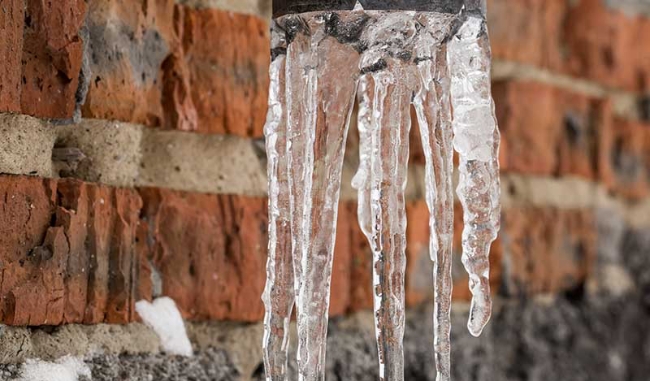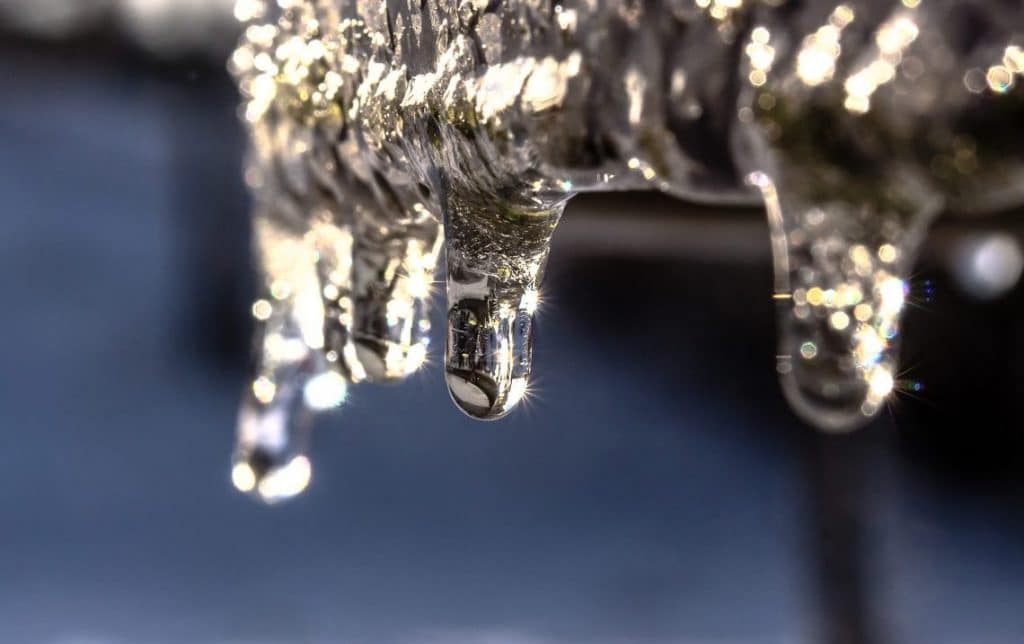Ways to Safeguard Your Plumbing from Freezing: Key Advice
Ways to Safeguard Your Plumbing from Freezing: Key Advice
Blog Article
Have you been looking for guidance around Helpful Tips to Prevent Frozen Pipes this Winter?

Winter can wreak havoc on your pipes, especially by freezing pipelines. Here's just how to avoid it from happening and what to do if it does.
Introduction
As temperature levels decline, the danger of frozen pipes increases, potentially resulting in pricey repairs and water damages. Recognizing exactly how to avoid icy pipelines is essential for homeowners in cold environments.
Avoidance Tips
Shielding at risk pipelines
Wrap pipelines in insulation sleeves or utilize warm tape to shield them from freezing temperatures. Concentrate on pipelines in unheated or exterior locations of the home.
Heating techniques
Keep indoor spaces adequately heated up, specifically locations with plumbing. Open up cupboard doors to permit warm air to circulate around pipelines under sinks.
Just how to recognize frozen pipelines
Look for reduced water flow from faucets, uncommon smells or sounds from pipelines, and noticeable frost on revealed pipes.
Long-Term Solutions
Architectural changes
Take into consideration rerouting pipelines away from outside walls or unheated areas. Include additional insulation to attic rooms, basements, and crawl spaces.
Upgrading insulation
Invest in high-grade insulation for pipes, attic rooms, and walls. Appropriate insulation aids keep regular temperature levels and minimizes the danger of icy pipelines.
Safeguarding Outdoor Pipes
Garden hoses and exterior taps
Detach and drain pipes yard hoses before winter season. Set up frost-proof faucets or cover exterior taps with shielded caps.
Comprehending Icy Pipelines
What creates pipes to freeze?
Pipes ice up when subjected to temperatures below 32 ° F (0 ° C) for extended durations. As water inside the pipelines ices up, it expands, taxing the pipe walls and potentially triggering them to rupture.
Dangers and problems
Frozen pipes can bring about water disturbances, residential or commercial property damage, and expensive repairs. Burst pipes can flood homes and create extensive architectural damage.
Indicators of Frozen Pipes
Identifying frozen pipelines early can avoid them from rupturing.
What to Do If Your Pipelines Freeze
Immediate activities to take
If you think frozen pipelines, keep taps open up to relieve pressure as the ice thaws. Use a hairdryer or towels soaked in warm water to thaw pipes gradually.
Verdict
Protecting against icy pipelines calls for proactive measures and quick feedbacks. By understanding the causes, indicators, and safety nets, property owners can shield their plumbing throughout winter.
5 Ways to Prevent Frozen Pipes
Drain Outdoor Faucets and Disconnect Hoses
First, close the shut-off valve that controls the flow of water in the pipe to your outdoor faucet. Then, head outside to disconnect and drain your hose and open the outdoor faucet to allow the water to completely drain out of the line. Turn off the faucet when done. Finally, head back to the shut-off valve and drain the remaining water inside the pipe into a bucket or container. Additionally, if you have a home irrigation system, you should consider hiring an expert to clear the system of water each year.
Insulate Pipes
One of the best and most cost-effective methods for preventing frozen water pipes is to wrap your pipes with insulation. This is especially important for areas in your home that aren’t exposed to heat, such as an attic. We suggest using foam sleeves, which can typically be found at your local hardware store.
Keep Heat Running at 65
Your pipes are located inside your walls, and the temperature there is much colder than the rest of the house. To prevent your pipes from freezing, The Insurance Information Institute suggests that you keep your home heated to at least 65 degrees, even when traveling. You may want to invest in smart devices that can keep an eye on the temperature in your home while you’re away.
Leave Water Dripping
Moving water — even a small trickle — can prevent ice from forming inside your pipes. When freezing temps are imminent, start a drip of water from all faucets that serve exposed pipes. Leaving a few faucets running will also help relieve pressure inside the pipes and help prevent a rupture if the water inside freezes.
Open Cupboard Doors
Warm your kitchen and bathroom pipes by opening cupboards and vanities. You should also leave your interior doors ajar to help warm air circulate evenly throughout your home.

I recently found that piece of writing on How to prepare your home plumbing for winter weather while surfing the web. Please set aside a second to promote this blog entry if you appreciated it. We truly appreciate your readership.
Click Here Report this page